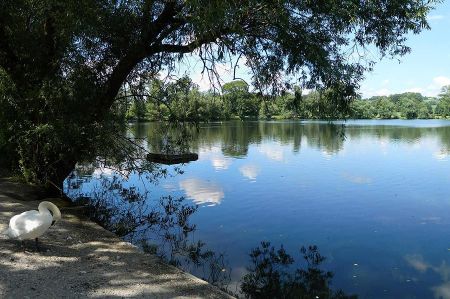Sunday walk to the Abtsküche reservoir
- Written by Portal Editor
We were guests in Velbert where the Sunday sunshine invited us to go outside for a “long” walk. It was also extensive because there was no immediate gradient that had to be mastered on the way there and back.
We chose the Abtsküche reservoir pond as our destination, which is an interesting destination for a walk just under 5 kilometres from our starting point, especially since there are a few water turtles living in the pond that like to sun themselves on the dead wood.
Abtskücher Teich, St. Jakobus Chapel and the Abtsküche Museum
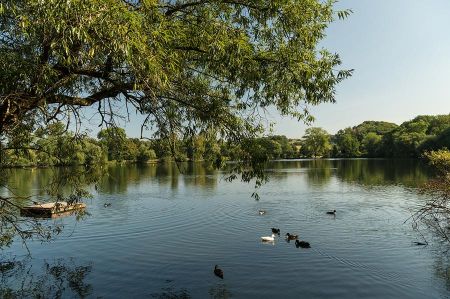 To the east of Heiligenhaus lies the district of Hetterscheid with the Abtskücher reservoir, which almost borders on the town of Velbert.
To the east of Heiligenhaus lies the district of Hetterscheid with the Abtskücher reservoir, which almost borders on the town of Velbert.
We first choose the Brangenbuschweg, then the Gellenkothen to get to the Flurweg, which leads directly to the Abtskücher reservoir. The Abtsküche reservoir pond is irrigated and drained by the so-called Rinderbach and a short walk with a few benches leads around the pond.
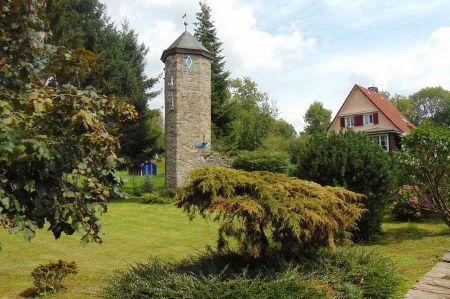 The reservoir was expanded to its current size during a job creation measure at the end of the 1920s and therefore still serves as a local recreation destination today, especially since there is a small café in the Abtsküche courtyard right next door that is popular.
The reservoir was expanded to its current size during a job creation measure at the end of the 1920s and therefore still serves as a local recreation destination today, especially since there is a small café in the Abtsküche courtyard right next door that is popular.
The building with two floors and seven axes is made of stone and half-timbering, partly slated, and dates from around 1744. There was once a grain mill on the reservoir, but it disappeared in 1932. Today, the path around the reservoir is also often used by joggers as a destination.
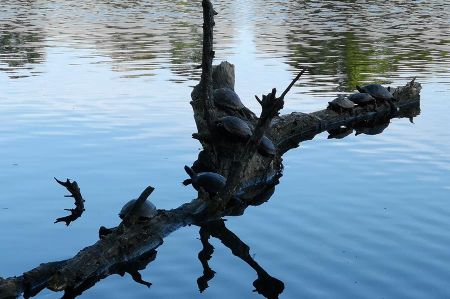 The so-called St. Jakobus Chapel is also located at the Abtskücher Teich. The hall building with an octagonal tower was built in 1909 in the neo-Romanesque style. In 2004 it was completely renovated and also received a new colour scheme. A Romanesque triumphal cross float above the altar table.
The so-called St. Jakobus Chapel is also located at the Abtskücher Teich. The hall building with an octagonal tower was built in 1909 in the neo-Romanesque style. In 2004 it was completely renovated and also received a new colour scheme. A Romanesque triumphal cross float above the altar table.
You can see another turret in the form of a small roof turret. It stands on the old school and is an indication that reading and arithmetic were not the only things taught here. In 1791 an altar was added to the annex. The school was built in 1783. It is two-story and is partly half-timbered and partly slated. A hundred children could be taught in a classroom on the ground floor. The school also had a room for the teacher.
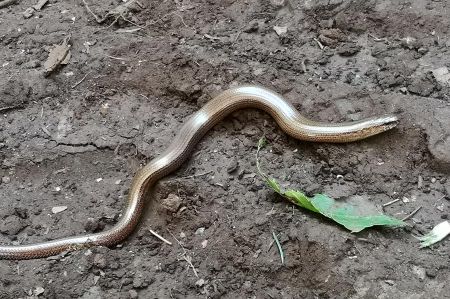 The new school from 1908 is made of bricks and is now home to the Abtsküche museum. Here you can look back in history at people's rural life, their everyday life, their work, their crafts and also at the time of upheaval caused by advancing industrialization.
The new school from 1908 is made of bricks and is now home to the Abtsküche museum. Here you can look back in history at people's rural life, their everyday life, their work, their crafts and also at the time of upheaval caused by advancing industrialization.
Not far from this museum you can find another museum, the fire department, via the “museum path”. It shows over a hundred years of fire service history using various exhibits. From fire buckets to more modern technology and in the museum barn there are some still functioning vintage fire engines from seven decades.
A few more key facts about the story
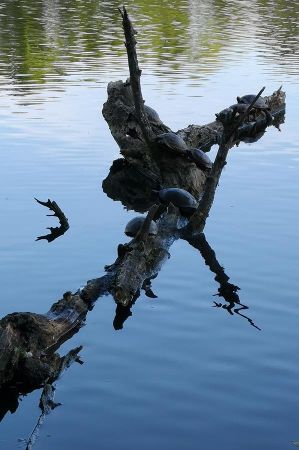 In 847 a villa Hestratescethe was donated to Werden monastery, which was the first time the place was mentioned in a document. There was a main courtyard of the monastery in Hetterscheid. The Hetterscheid House, also called Hetterscheid Castle or Hetterscheid Castle, dates back to the 14th century.
In 847 a villa Hestratescethe was donated to Werden monastery, which was the first time the place was mentioned in a document. There was a main courtyard of the monastery in Hetterscheid. The Hetterscheid House, also called Hetterscheid Castle or Hetterscheid Castle, dates back to the 14th century.
Haus Hetterscheid was mentioned as a permanent house with the construction of walls and gates in 1364-65. The moated castle was a fief consisting of an upper house and a farm building. The abbots used it as a summer residence. A chapel is also noted. In 1587 the complex was destroyed, as a result of which the property was rebuilt with a wall around it. The tower, which can still be seen today, has been preserved from this period.
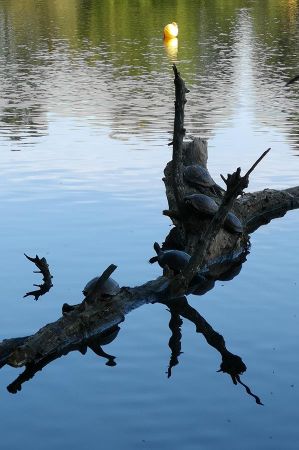 It is believed that part of the former complex was buried in the Abtsküche reservoir.
It is believed that part of the former complex was buried in the Abtsküche reservoir.
For the way back we choose the so-called Kirchweg, which leads past the farm to the farm, which is now used by the municipal utilities. The quarry stone building dates from the 14th and 15th centuries. Hof zum Hof means that this farm was the main farm of several, where the taxes from the other farms were collected. You had to pay a tax opposite the Werden monastery.
Please read as well:
Day hike to the idyllic mountain village of Garnbach
St Barnabas Monastery - Museum of Salamis
